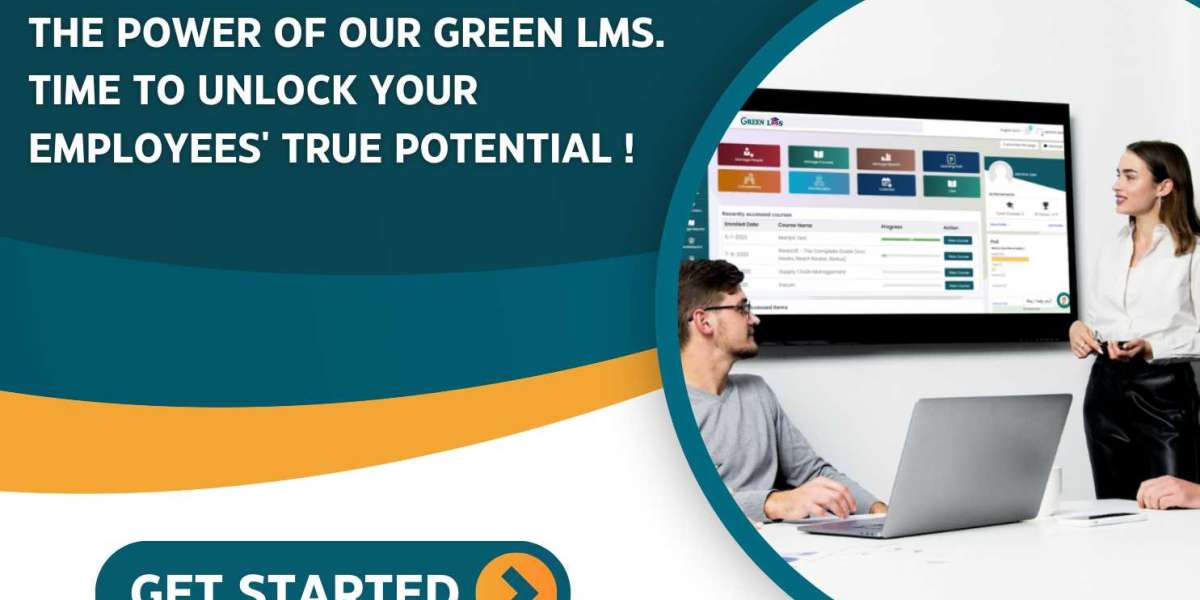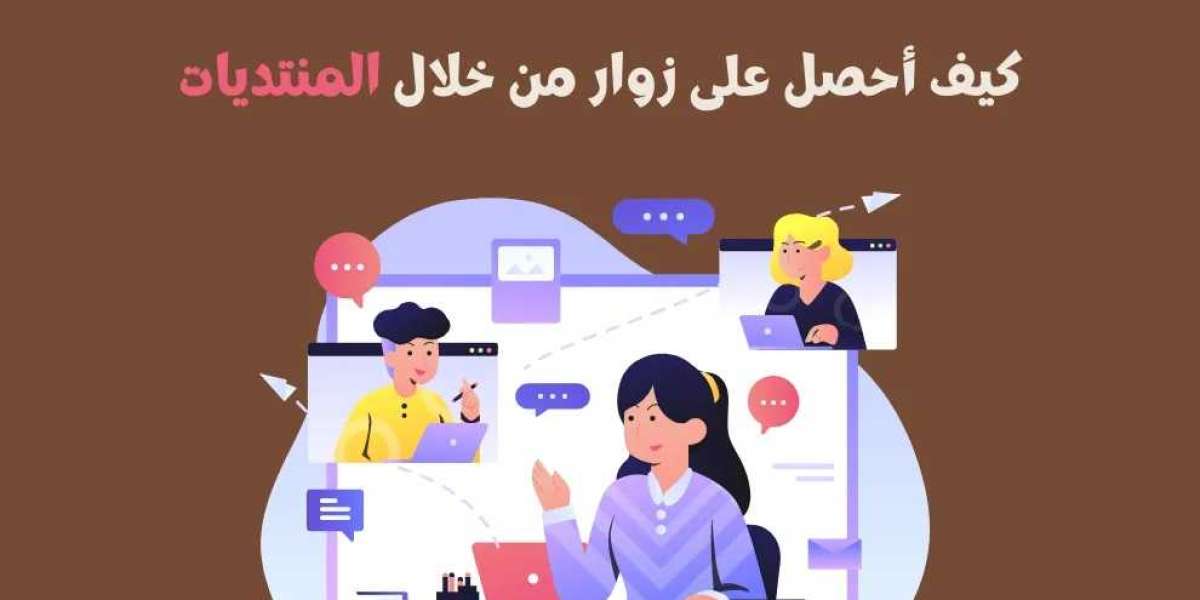In today’s digital landscape, Learning Management Systems (LMS) have become indispensable for educators and corporate trainers alike. These systems, with their diverse functionalities, facilitate seamless communication between instructors and learners, fostering an environment conducive to effective and engaged learning. To ensure the success of an online learning initiative, it is essential that the communication tools within an LMS are intuitive, responsive, and powerful. In this article, we will delve into the importance of effective communication tools in LMS and highlight some of the standout options that modern platforms are incorporating.
Bridging Virtual Gaps: The Imperative of Communication in LMS
Online learning platforms have opened doors to unprecedented opportunities. However, the virtual environment can also create barriers between learners and educators. Effective communication tools in LMS bridge this gap, enabling real-time collaboration, instant feedback, and a sense of community among participants. These tools help to replicate the interpersonal interaction of a physical classroom, thereby enriching the learning experience.
The Cornerstone Tools: Forums and Messaging
Almost every LMS offers basic communication tools like forums and direct messaging. Forums are the digital equivalents of classroom discussions, where students and instructors can engage in asynchronous dialogue. Messaging, on the other hand, allows for more immediate, direct communication between users. These tools are essential for questions, clarifications, and personal connections.
Real-time Interaction: Video Conferencing Tools
As the demand for more interactive and personal learning experiences grows, many LMS platforms have integrated video conferencing tools. These tools, like Zoom or Teams, facilitate virtual face-to-face meetings, where instructors can conduct live classes, workshops, or seminars. These tools bring a human element into the e-learning environment, encouraging active participation and engagement.
Collaborative Learning: Shared Documents and Wikis
Modern LMS platforms are increasingly incorporating collaborative tools like Google Docs or wikis. These features enable students and instructors to work on projects together in real time, mirroring the collaborative nature of group assignments in traditional educational settings. They also allow for dynamic, document-based conversations where comments and revisions are part of the learning dialogue.
Keeping Everyone Informed: Notifications and Announcements
To ensure that students are aware of important dates, changes, or updates, LMS tools include announcement and notification features. These functionalities can be customized based on the user’s preference, ranging from email alerts to push notifications on mobile devices. They play a pivotal role in keeping everyone on the same page.
Personalized Communication: Feedback and Grading Tools
Feedback is essential in any learning environment. Advanced LMS platforms have sophisticated grading tools that allow instructors to give detailed, personalized feedback. These tools often have intuitive interfaces where instructors can easily mark assignments, leave comments, and provide a clear and comprehensive review of a student’s work.
Enhancing Social Learning: Community Boards and Social Media Integration
Some LMS platforms have begun to integrate social media-like features, such as community boards where students can share resources, discuss topics informally, and build a sense of community. This integration with familiar social media platforms can significantly enhance engagement and make online learning feel more connected and less isolated.
Accessibility and User Experience: A Non-negotiable Factor
For communication tools to be effective, they must be accessible and easy to use. The design of these tools should be intuitive, ensuring that both tech-savvy and less experienced users can utilize them to their full potential. This includes mobile responsiveness, clear navigation, and a clean, clutter-free interface.
The Future is Bright: AI and Chatbots
As we look to the future, Artificial Intelligence (AI) and chatbots are emerging as exciting new tools in LMS. These technologies can answer students’ queries in real-time, guide them through course materials, and provide instant, automated feedback, thereby streamlining communication and enhancing the learning experience.
Analytics-Driven Communication
Modern LMS platforms are integrating analytics tools that can inform communication strategies. By tracking student engagement and performance data, instructors can identify who might be struggling and need extra support. This enables proactive, targeted communication with students, which is especially important in larger courses where individual performance might otherwise go unnoticed.
Peer Review and Collaboration
Peer review tools enable students to critique and learn from each other’s work. This not only fosters a deeper sense of community but also diversifies the feedback that students receive. It empowers learners to think critically and understand different perspectives, thus enriching their overall learning experience.
Mobile Learning and Communication
As mobile devices become increasingly prevalent, LMS platforms are optimizing their communication tools for mobile use. This enables students and educators to stay connected and engaged with their courses while on the go. The ability for students to receive notifications, access course materials, and communicate with their instructors and peers through mobile applications is an essential feature for modern LMS.
Calendar Integration
Effective communication in an LMS also involves the efficient management of time. Calendar tools within an LMS can synchronize with external calendars (like Google Calendar or Outlook) and help both students and instructors manage deadlines, appointments, and schedules seamlessly. This reduces the cognitive load of managing multiple schedules and ensures that everyone is aware of key dates.
Multilingual and Culturally Sensitive Communication Tools
As e-learning often involves a diverse and global audience, LMS communication tools need to be designed with cultural and language differences in mind. Translation tools or multilingual support can make a significant difference in ensuring that all learners, regardless of their native language, can engage fully with the material and their peers.
Security and Privacy in Communication
With the increasing amount of personal data being shared online, it is essential for an LMS to have robust security measures in place. This is particularly important for communication tools, where sensitive information, such as grades or personal feedback, is exchanged. Ensuring that this communication is encrypted and secure is a top priority.
Integration with Third-party Tools
Many institutions and organizations use a variety of software tools for different purposes. The ability of an LMS to integrate seamlessly with these third-party tools (e.g., email platforms, CRM systems, cloud storage services) is vital. It ensures that communication can flow smoothly across different platforms, keeping all stakeholders—whether they are students, educators, administrators, or parents—in the loop without requiring them to juggle multiple separate systems.
Personalized Learning Paths and Communication
Modern LMSs are moving towards offering personalized learning experiences based on individual progress and performance. In this context, communication tools can be leveraged to deliver personalized messages, reminders, and encouragement based on each student's unique path, helping to keep them engaged and motivated.
Conclusion: The Pinnacle of Educational Experience
In essence, the evolution of communication tools in LMS is not just a matter of convenience—it is central to the educational experience itself. By prioritizing user-friendly design, accessibility, personalization, and security, Learning Management Systems can facilitate meaningful interactions that mimic the richness and depth of a traditional classroom setting. These tools don't just make online learning possible; they elevate it, ensuring that it is engaging, rewarding, and tailored to the diverse needs of today’s learners.
If you're inspired by the potential of eLearning platforms to make a real difference in your corporate strategy, don't miss out on experiencing it firsthand. Click here to Get a Free Business LMS for a Lifetime, a top-tier cloud-based LMS solution.
Read more about how Green LMS can be tailored for various applications:
- LMS for universities
- LMS for schools
- LMS for corporates
- Ready to take the leap into effective and strategic online learning and training management? Click here for Lifetime Free Green LMS.






